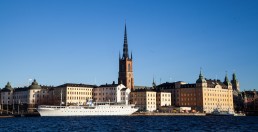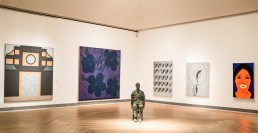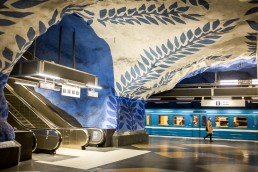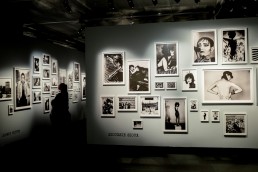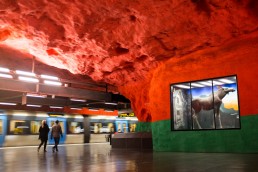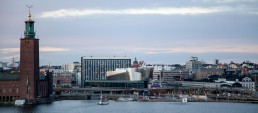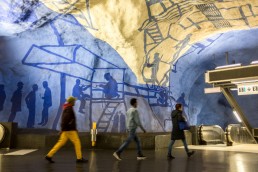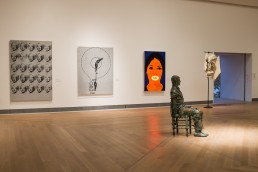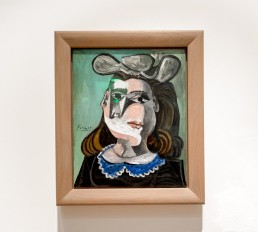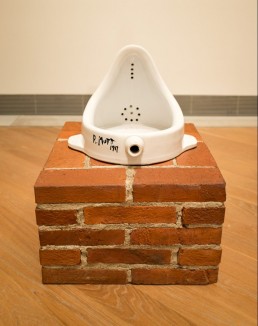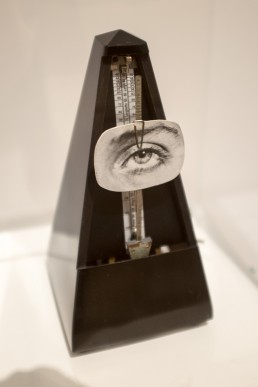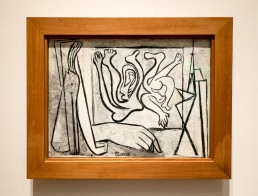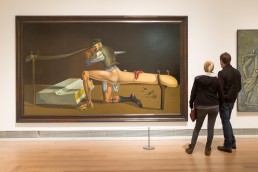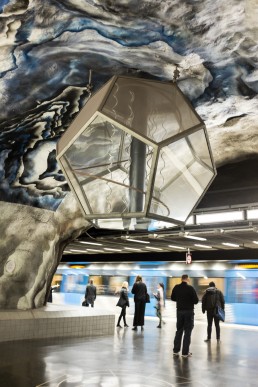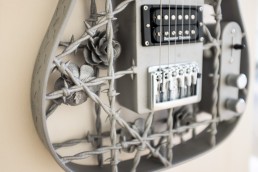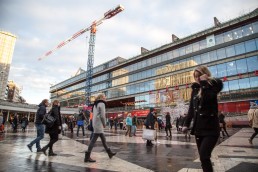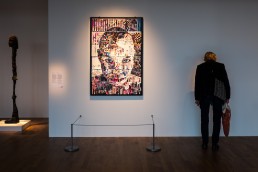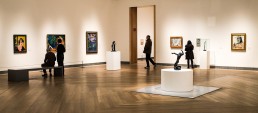The elegant Swedish capital shines brightly with Scandi-cool — both on the long, lazy days of summer and when the winter sun barely rises.
DESPITE THE RECENT and cowardly terror attack on Stockholm and opportunistic scaremongering from its far right, Sweden remains a bastion of openness and tolerance; of crisply designed homeware, of safe if boring cars and shiny pop tunes.
That’s true even with the popularity of Nordic Noir, the stripped-back crime-fiction phenomenon that has grabbed the world by the meatballs, stabbed it in the gut and left it bleeding in the showers.
But long before Nordic Noir there was “Nordic Light”, the fleeting, subdued, horizon-skimming sunlight on winter days — and near endless sun come summer — experienced by Europe’s most northerly nations. Only a tiny percentage of the planet’s population lives under Nordic Light, yet a perfunctory google reveals the phrase has been appropriated globally.
The Swedish capital Stockholm is home to a Nordic Light Hotel, a Nordic Light DJ-booking agency and a Nordic Light alliance of female barbershop singers. In neighbouring Norway, you’ll discover a Nordic Light photography festival and a Nordic Light fish-oil supplement rich in Omega-3.
Further afield, Montreal-based jeweller Maison Birks flogs a Nordic Light solitaire diamond engagement ring. There’s a so-named office complex in Budapest, a real-estate company in Cape Town. A Nordic Light oil tanker plies our oceans.
IN SHORT, NORDIC light has long inspired creatives, big business and branding bods, and there is also so much joy in light for visitors to Stockholm, with the cliff-edge coastal walking path of Monteliusvägen delivering cracking views of the city centre.
Take a few snaps there, zoom into an image and read the words on an electronic dance music-festival poster 300 metres away. In a moment of shocking clarity you’ll know two things: one, your fancy digi-camera can see better than you can; two, Stockholm is among the least-polluted cities on the planet.
“In that city, with all its industry and population, the moment you step out of your hotel, the salmon leap out of the water to greet you”
Nobel laureate Joseph Brodsky
Like Venice, Stockholm is built on water. The city fans out across 14 islands where massive Lake Mälaren meets the marrow-chilling Baltic. But while Venice is hemmed-in, fussy and stuck in its past, Stockholm is big-skied, understated and progressive.
In Watermark, Joseph Brodsky’s 1992 paean to Venice, the Russian author (who had nabbed a Nobel Prize in Literature in the Swedish capital five years earlier), pondered how the Queen of the Adriatic might clean up its festering lagoon. “I’d call Sweden and ask the Stockholm municipality for advice,” Brodsky wrote. “In that city, with all its industry and population, the moment you step out of your hotel, the salmon leap out of the water to greet you.”
Essentially, forward-looking Stockholm is the anti-Venice. That’s not to say the Scandinavian city sprang up yesterday: Gamla Stan (the “Old Town”) dates to the 13th century. With cobbled streets and colourful old merchants’ houses, it is one of the best-preserved medieval city centres anywhere, like a whimsical set from Chitty Chitty Bang Bang. But what Stockholm does so well is combine the long-in-tooth with the tousle-haired, the traditional with the contemporary.
Ferries and “hop-on, hop-off” sightseeing boats make shuttling around Stockholm a treat. From Gamla Stan it’s a 10-minute ride to Djurgården, a green island in the city centre of woodlands, galleries, an amusement park and museums, including the substantial Nordiska Museet, or Nordic Museum.
Founded in 1873, it chronicles the evolution of Swedish life from the 16th century to the present day through fashion and jewellery, furniture and interiors and more. Its temporary but current Nordic Light exhibition (“about how light shapes us and how we shape light”, reads the blurb) covers a century in home lighting.
THE FERRY DROPS off near the compact and kitsch Abba: The Museum that’s stuffed with the pop-tastic foursome’s spangly costumes, gold records and memorabilia. There’s a phone that only the Abba members know the number to (so if it rings, take a chance and answer — you could end up harmonising with Agnetha, Björn, Benny or Frida). An automated “Benny’s Piano” is linked to one in his home. It plays when he plays, they say.
On the nearby island of Skeppsholmen, Moderna Museet is a brilliantly curated modern-art museum, its permanent collection spanning everything from the gleeful nuttiness of dada to pop art, with career-defining works by Picasso, Matisse, Warhol, Duchamp and Rauschenberg.
Attached is the Swedish Centre for Architecture and Design. A left-field highlight in the product-design section is “Heavy Metal”, the world’s first 3D-printed guitar, its aluminium body an interweaved fabrication of roses and barbed wire.
And while the ferries are fab and much of central Stockholm a doddle to reach on foot, another enjoyable way to flit about town is via the Tunnelbana metro system, described as the “the world’s longest art gallery”.
More than 90 of its 100 stations have been decorated with paintings, sculptures and installations since the 1950s. Part of an egalitarian effort to bring art into the public arena, subterranean creations broach subjects as diverse as women’s rights, the Olympic movement, technological innovation and the environment.
THE METRO UNFURLS from T-Centralen Station (there’s an entrance opposite the Nordic Light Hotel). In 1975, artist Per Olof Ultvedt adorned the blue line’s upper level with silhouettes of the workers who built the station. One level lower, platforms are garnished with bold vine and flower motifs.
The rough-hewn bedrock of many stations carved out in the ’70s was finished with sprayed concrete. Detractors said they looked like hell — literally — and this is especially true at Solna Centrum, where Anders Åberg and Karl-Olav Bjork’s damning depiction of industrial pollution features green spruce stretching for a kilometre beneath a fiery, blood-red sky.
The T-bana will take you to Södermalm island, just south of the city centre. Fotografiska, a world-class photography exhibition venue housed in a redbrick former customs house built in 1906, sits on the northern shore. With 2,500 sqm of display space, Fotografiska has held major retrospectives of such shutterbug luminaries as Annie Leibovitz, David LaChapelle and Robert Mapplethorpe. The word photography, by the way, derived from Greek roots, means “drawing with light”.
BUT SÖDERMALM HAS a dark side: much of novelist Stieg Larsson’s best-selling Millennium trilogy was set on the island, fictional home to dragon-tattooed Lisbeth Salander and bulldog journalist Mikael Blomqvist.
Stockholm City Museum’s Millennium Walking Tour Map shines light on the locations that fired Larsson’s imagination, and Nordic Noir fans start out on the steep, cobbled streets of the picturesque Mariaberget neighbourhood (just beside the aforementioned Monteliusvägen walking path), where Blomkvist’s apartment looks out on Riddarfjärden bay.
They might then mosey on to Kvarnen, the 100-year-old beer hall where Salander hangs with her rock-chick lover Miriam Wu, and Mellqvist Kaffebar, often visited by the coffee-quaffing journo in print, and Larsson in reality, before the 50-year-old writer died of a heart attack in 2004.
Once a blue-collar neighbourhood but increasingly hipster-friendly, Södermalm is great for a creative bite or a craft beer, catching a live band or perusing independent galleries and vintage stores.
For a one-stop-shop retail solution, however, head back to the city centre and Nordiska Kompaniet, Sweden’s most venerable department store, founded in 1902, that’s housed in an imposing art nouveau structure conceived to rival the great shopping destinations of Paris and London.
In the basement, Design House Stockholm is the place to grab your slice of the minimalist Scandinavian design aesthetic (and don’t fret if you leave gift buying until the last minute — there’s an outlet at the long-haul Terminal 5 at Arlanda Airport).
There, in a luminous grotto of silvery-white walls and blonde pine, you’ll find furniture pieces and kitchenware, textiles, apparel and, of course, imaginative lighting.
A big seller is the modern-classic Block Lamp by Finnish designer Harri Koskinen, in which a single light source is encased in a brick of glass. Another is a folding candelabra by Sweden’s Jonas Grundell.
The name that designer gave to his creation? Go on. Take an enlightened guess. ◉
Published in luxury-lifestyle magazine Prestige in 2017. Download PDF.
SHARE


